Practical Tips for Choosing the Best Insecticide Formulation
The choice of insecticide formulation is usually as important as the choice of the active ingredient in the insecticide. When using liquid sprays, pest management professionals can choose from formulations such as suspensions (SC), wettable powders (WP), capsule suspensions (CS), water dispersible granules (WDG) and emulsifiable oils (EC). Insecticide baits have become an important formulation in pest management programs, and PMPs can choose from a variety of forms of baits, including ready-to-use bait stations, gel baits, granular baits, and liquid baits.
Professionals may also choose to use aerosol, dust or pellet insecticides as part of their management program. When combined with the decision to select the most effective active ingredient, product selection can be overwhelming, even for the most experienced technician. Owners/managers must manage their pesticide inventory to control chemical costs, but at the same time ensure that sufficient formulations are available for a safe and effective management program. The following Integrated Pest Management (IPM)-based process can help in selecting the best formulation for the job.
Before selecting a formulation, it is helpful to know the areas to be treated. A thorough inspection of the property will provide the information needed to select the best formulation for the job. Before proceeding with an insecticide application, carefully consider the following questions regarding formulation selection.
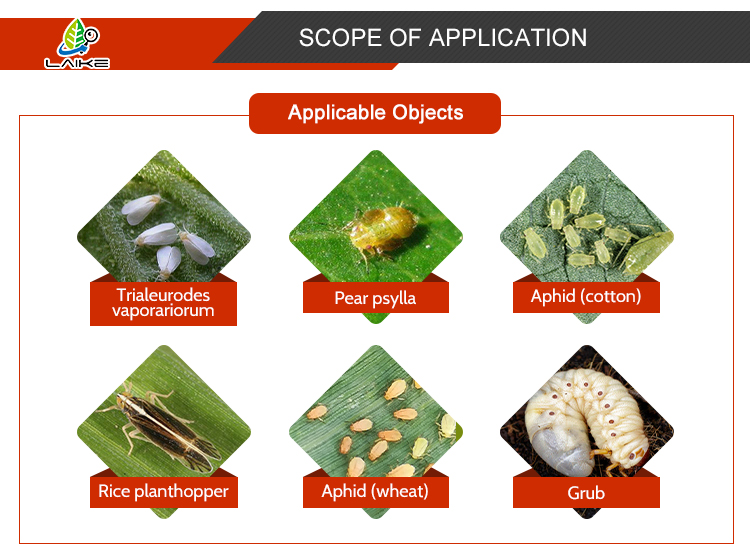
1. Can the formulation be safely applied to a sensitive area?
Sensitive areas may include food areas of food handling facilities, hospital or nursing home rooms, classrooms, certain areas of zoos, and many other locations. Special precautions must be taken in these areas to avoid the potential hazards of pesticide use. First, make sure the product is labeled for use in these areas. Residual sprays may be limited to crack and crevice treatments and may be prohibited when the room is occupied. Choose formulations with low or no odor and products with low vapor pressure. Decoy formulations are often an excellent choice for sensitive areas.
2. Will the formulation cause phytotoxicity (plant damage) to the treated plants?
Phytotoxicity may occur following the application of insecticides to plants. This is more likely to occur when using liquid formulations such as EC formulations that contain solvents. When plants are to be treated, choose formulations that do not contain solvents (e.g., WP, SC, CS formulations).
In addition, do not treat plants in direct sunlight during the hottest part of the day. This combination of environmental factors can cause the leaves of the plant to "burn". Other causes of phytotoxicity may be attributed to the use of excessive rates, treatment of sensitive plant species, cumulative applications to the same plants and product mixtures. Extensive phytotoxicity tests conducted by manufacturers on their products can often provide information on phytotoxicity. If in doubt, try the product on a small sample of plants first.
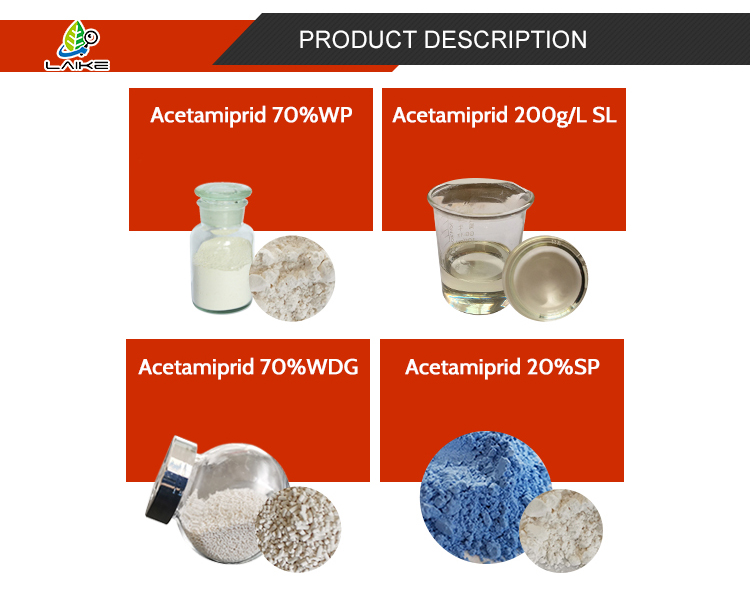
3. Will the formulation perform well on the surface to be treated?
The interaction of residual insecticide formulations and surface treatments greatly affects the performance of insecticides. Residual insecticides are suitable for a wide range of surface types. These surfaces can be described as porous, semi-porous or non-porous types. Examples of porous surfaces include: concrete, wood cladding, unfinished wood, gypsum wallboard, paper, and plastic. Common non-porous surfaces are glass, tile, and stainless steel. Semi-porous surfaces such as enamel and latex painted wood, vinyl tile and glued wood are also encountered.

4.Insecticide Instructions
If you are currently using expensive agricultural Insecticide, it may be possible to save you money by comparing laike's agricultural Insecticide. There is little difference in the composition of Insecticide. You may be interested in these insecticides:
Insecticide | Description | |
Abamectin is a broad-spectrum and high-efficiency insecticide for agriculture and livestock. It is a natural fermentation product which contains more than 80% abamectin B1a and less than 20% abamectin B1b. Control of mites, leaf miners, suckers, Colorado beetles, etc. Used on ornamentals, cotton, citrus fruit, nut crops, vegetables, potatoes and other crops. | ||
Emamectin B2( 403, Nano Emamectin) is a kind of new type of partial synthesis antibiotics high efficient pesticide. It has the super efficient, low toxicity, low residue, pollution-free and so on.Meanwhile, it is better than other Synthetic pesticides, and its dosage is low.It is super efficient on the pest of lepidoptera and diptera. | ||
Acetamiprid is a new broad-spectrum insecticide with a certain acaricidal activity. Its mode of action is a systemic insecticide for soil and branches. It is widely used for the control of aphids, planthoppers, thrips, and some lepidopteran pests in rice, especially vegetables, fruit trees and tea. | ||
Imidacloprid is used to control sucking insects, some chewing insects, including termites, soil insects and fleas on pets. Imidacloprid is a neonicotinoid insecticide with broad spectrum, high efficiency, low toxicity and low residue. It is not easy to produce resistance to pests, and has multiple effects such as contact killing, stomach poisoning and systemic inhalation. | ||
Thiamethoxam is a second-generation nicotinic high-efficiency and low-toxic insecticide. It has stomach toxicity, touch and systemic activity to pests. It is used for foliar spray and soil irrigation. After application, it is absorbed quickly and transmitted to various parts of the plant. | ||
Emamectin benzoate 1.9% ec contains 1.9% of active ingredients. It is a water-soluble liquid formulation of low-toxic insecticide and acaricide derived from microorganisms. It is a highly effective biological agent synthesized on the basis of avermectin. | ||
Lambda-cyhalothrin is high-efficiency, broad-spectrum, quick-acting pyrethroid insecticides and acaricides, mainly contact and stomach poisoning, no systemic effect.It has a good effect on Lepidoptera, Coleoptera, Hemiptera and other pests as well as spider mites, rust mites, gall mites, tarsal mites, etc. It can also be used to control a variety of surface and public health pests. | ||
Chlorpyrifos is a non-systemic insecticide with contact, stomach, and respiratory action. Its function is mainly used to control rice leaf roller, rice thrips, rice planthopper, rice leafhopper, wheat armyworm, aphids, cotton aphids, cotton bollworm, red bollworm, Pieris rapae, Plutella xylostella, bean borer, soybean borer, Spodoptera litura, citrus leaf miner, red spider and other pests. | ||
Bifenthrin has the characteristics of strong knockdown, broad-spectrum, high-efficiency, rapid, and long-lasting effects. It is mainly contact and stomach toxic, and has no systemic effect. It can be used to control cotton bollworm, red bollworm, tea looper, tea caterpillar, apple or hawthorn red spider, peach heartworm, cabbage aphid, cabbage caterpillar, cabbage moth, citrus leaf miner, etc. | ||
Aluminium phosphide is the most widely used storage fumigant insecticide at home and abroad, with excellent efficacy and convenient application.no residue, high effect.it kills mites, imagos, pupas, larvas and other pests.No residual toxic and odor in food and cereal and no influence on the germination percentage of seeds after fumigation with AIP. Widely used in grain, seeds and ohter packages. | ||
Fipronil is a kind of phenylpyrazole insecticide with a broad insecticidal spectrum. It is mainly gastric toxic to pests and has both contact and certain systemic effects. It has high insecticidal activity against important pests such as aphids, leafhoppers, planthoppers, lepidopteran larvae, flies, and Coleoptera, and has no phytotoxicity to crops. | ||
Cypermethrin is a pyrethroid insecticide. It has the characteristics of broad-spectrum, high-efficiency, and rapid action. It mainly touches and stomachs the pests. It is suitable for Lepidoptera, Coleoptera, and other pests, but it is not effective against mites. Recommended article:Agricultural | Tips for Successful Germination in Plastic Seedling Trays Why do they say not to eat watermelon seeds? The Benefits of Soaking Walnuts Before Eating What is potassium fertilizer good for? What is the seedling tray method? Is chicken manure a good fertilizer? | |
Methomyl is an insecticide and nematicide. It is systemic and has contact and stomach toxic effects. It is suitable for cotton, tobacco, fruit trees, and vegetables to control aphids, moths, cutworms, and other pests. It is a good substitute for the control of resistant cotton aphids. Also used as an intermediate of the third carb. | ||
Lufenuron is the latest generation of substituted urea insecticides. The agent kills pests by acting on insect larvae and preventing the peeling process. It is especially effective against leaf-eating caterpillars such as fruit trees, thrips, dust mites, and whitefly. | ||
Nitenpyram is another new product developed after imidacloprid and acetamiprid. It has an excellent systemic, osmotic effect, broad insecticidal spectrum, and is safe and non-phytotoxic. It is a replacement product for preventing and controlling piercing and sucking mouthparts pests such as whitefly, aphids, psyllids, leafhoppers, and thrips. | ||
Cyromazine is an insect growth regulator type low-toxic insecticide with very strong selectivity and is mainly active against Diptera insects. The mechanism of action is to make the larvae and pupae of dipteran insects deform in morphology, and the emergence of adults is incomplete or inhibited. The drug has contact killing and stomach poisoning effects and has strong systemic conductivity. | ||
Abamectin B2 is a neurotoxic agent with a unique mechanism of action. As a new product of abamectin, B2 is an excellent insecticide. Its insecticidal spectrum is different from B1. It has activity against root-knot nematodes, root rot nematodes, cyst nematodes, stem nematodes, and pine wood nematodes. | ||
Bifenazate + etoxazole is a classic formula in acaricides. Bifenazate mainly acts on the central nervous conduction system of mites. The good killing effect is, a long-lasting effect; oxazole mainly inhibits the embryo formation of mite eggs and the molting process from larvae to adult mites and the lasting effect can reach more than 50 days. After the two are mixed, the synergistic effect is obvious. | ||
Abamectin has contact and stomach poisoning effects on mites and can maintain a long residual effect; oxazole can inhibit the embryo formation of mite eggs and the molting process from larvae to adult mites and is effective for eggs and larvae. Therefore, the compound is suitable for the whole growth period of citrus and can kill eggs, young nymphs, and adult mites. | ||
Bifenazate is a new selective foliar spray acaricide. It is effective in all life stages of mites, has ovicidal activity and knockdown activity on adult mites (48-72h), and has a long-lasting effect. The duration of validity is about 14 days, and it is safe for crops within the recommended dosage range. | ||
Chlorfenapyr is a novel pyrrole insecticide and acaricide. It has an excellent control effect on drilling, sucking, and chewing pests and mites, and has no cross-resistance with other insecticides. | ||
Carbofuran belongs to the carbamate class, which is a highly effective, safe, and easy-to-use insecticide and acaricide. It has strong lethality, quick effect, stomach toxicity, and contact-killing effect. It can control many economic crop pests such as citrus and other fruits and vegetables, corn, cotton, rice, sugar cane, etc., and has an excellent control effect on aphids. | ||
Dimethoate is a common organophosphorus pesticide, a highly effective, broad-spectrum insecticide and acaricide with contact and systemic properties. It has a higher toxic effect on a variety of pests, especially mouthpart pests, and a wide range of insecticides. It can control aphids, red spiders, leaf miners, thrips, fruit flies, leaf bees, planthoppers, leafhoppers, etc. | ||
Diflubenzuron is a kind of insecticide of the chlorbenzuron group, which is an insect growth regulator discovered in the 1970s.It has stomach poisoning and contact-killing effects on pests. By inhibiting the synthesis of insect chitin, the larvae cannot form new epidermis during molting, and the insect body becomes deformed and die, It has specific effects on lepidopteran pests. | ||
Dinotefuran has the characteristics of contact killing, stomach toxicity, strong root absorption, high quick-acting, long-lasting period of 4-8 weeks, broad insecticidal spectrum, etc., and it has excellent control effect on mouthpart pests, and is the very low dosage and shows high insecticidal activity. |
Numerous studies have shown that EC formulations are absorbed by porous or semi-porous surfaces and that the active ingredient is not available for crawling pests. formulations such as WP, SC, CS and D formulations are not readily absorbed by porous surfaces and are more likely to be "absorbed" by crawling pests. Therefore, if the target pest is a crawling pest, choose a formulation that stays on the surface. However, if the target pest is found below the surface (e.g., wood boring beetles), EC formulations are recommended. During the inspection and prior to application, determine the most common surface types and identify the target pests. Once this information is gathered, you will be able to select the most effective formulation.
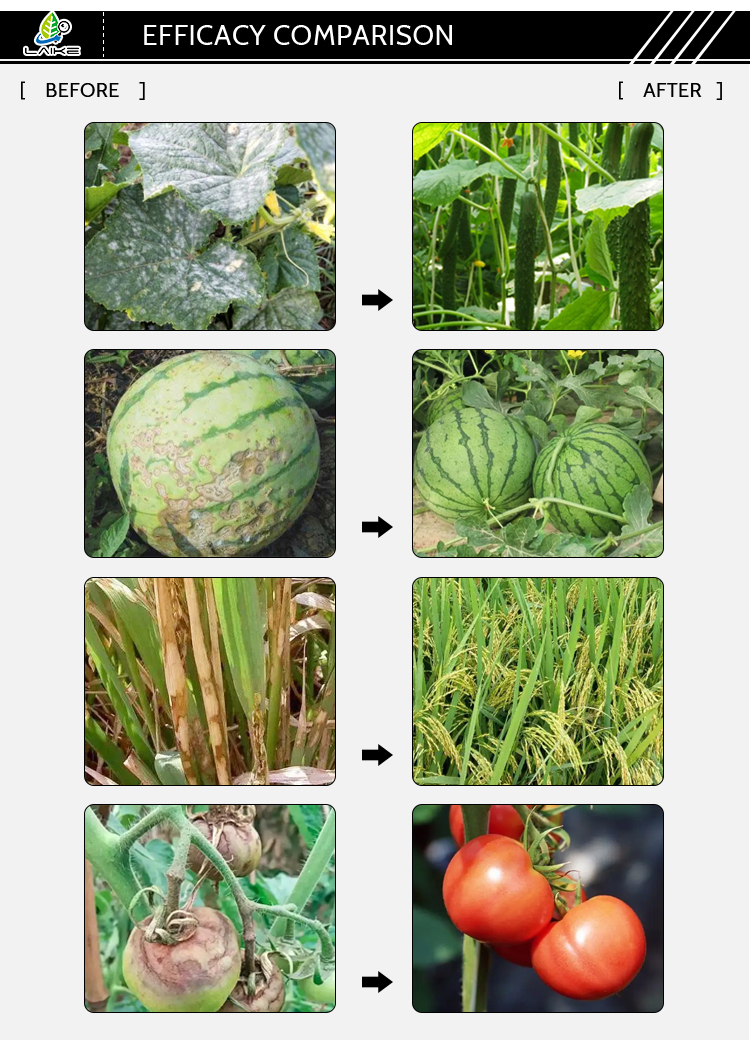
One of the biggest challenges professionals face is gaining the cooperation of their clients to maintain good hygiene practices. In the real world of pest management, many treated surfaces are coated with oil, grease, food residue, dirt or other organic materials. Many studies have shown that these surface coatings can reduce the effectiveness of residual pesticides. Professionals can improve pesticide performance by encouraging clients to maintain high levels of sanitation.
Hebei Laike Biotech Co., Ltd. is a professional insecticide supplier offering a wide range of insecticide products and is able to provide advanced stabilized emulsion formulations. Contact us for samples!
What are the components of a Sach foot?
What is the best hydroponic system for growing strawberries?
Is growing fodder worth it?
Ultimate Guide to High Quality Glass Greenhouse Venlo Type
Top Animal Husbandry Tools: Enhance Your Livestock Care Efforts!
Are Inflatable Outdoor Tents Waterproof and Durable? Find out now!
Revolutionizing Agriculture: Is Hydroponic Fodder Farming Sustainable?
Related Articles

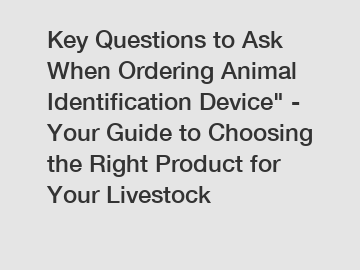
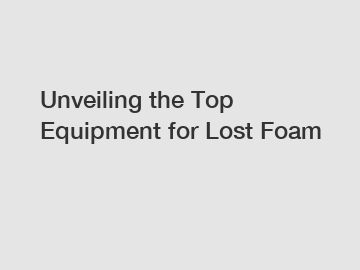

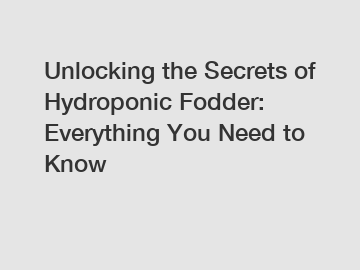
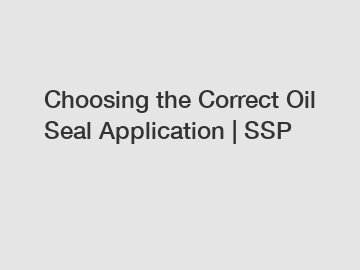
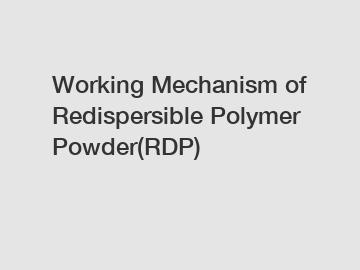
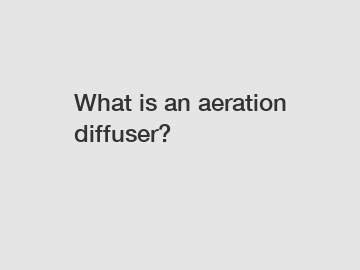
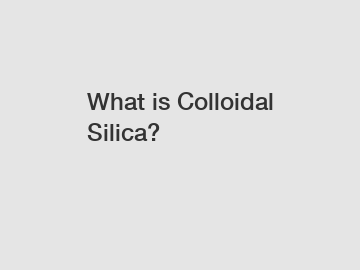
Comments
0